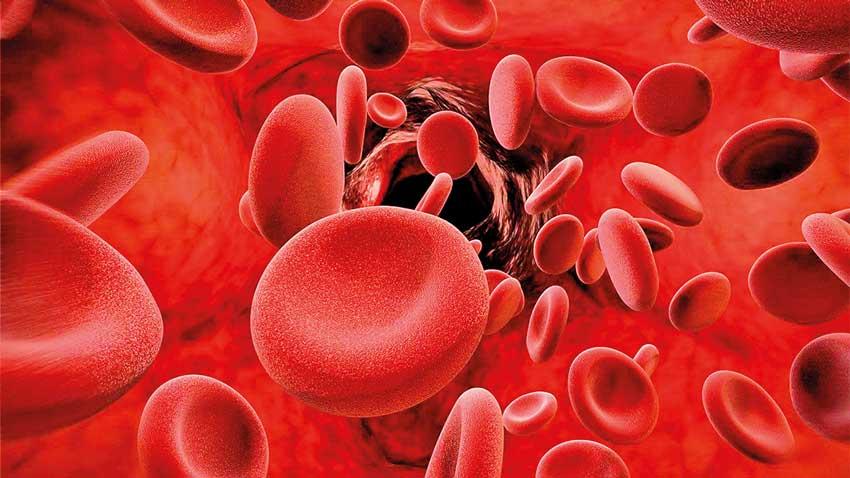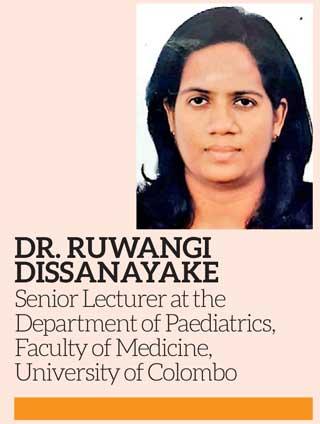21 May 2021 - {{hitsCtrl.values.hits}}

 World Thalassemia Day is observed on May 8, every year to raise awareness on the illness, its prevention and to acknowledge and help empower those who are already diagnosed with the condition. Known as a blood disorder, Thalassemia is an inherited condition caused due to the insufficient production of hemoglobin, resulting in a patient becoming anemic.
World Thalassemia Day is observed on May 8, every year to raise awareness on the illness, its prevention and to acknowledge and help empower those who are already diagnosed with the condition. Known as a blood disorder, Thalassemia is an inherited condition caused due to the insufficient production of hemoglobin, resulting in a patient becoming anemic.
Haemoglobin is a protein found in the red blood cells, responsible for carrying oxygen throughout the body. In conversation with the Health Capsule, Senior Lecturer at the Department of Paediatrics, Faculty of Medicine, University of Colombo, Dr. Ruwangi Dissanayake further explained that due to the low level of haemoglobin, a child can become anemic. “Thalassemia is a genetic disorder, where the level of haemoglobin starts dropping from about six months of age; in a baby ailing from the condition” says Dr. Dissanayake.
Clinical features
When haemoglobin levels drop low, the child becomes dependent on blood transfusion and due to the prevailing anemic condition, a child’s growth also can be affected. According to Dr. Dissanayake, the child would be lethargic and won’t be feeding properly. “Eventually, organs such as the liver and spleen also can get affected causing them to enlarge. Such patients are vulnerable to be presented with abdominal distension as well. These are the clinical features at the time of presentation” she said.
Treatment and complications
Patients will be dependent on blood transfusion for lifelong and will require blood transfusion on a monthly basis. However, it must be noted that the issue with blood transfusion is that once it is continued, gradually the iron level in the body will commence to increase.
“The increased levels of iron in the body will need to be removed from the system using special medication. Otherwise, it will cause damage to very important organs in the body like the heart, the liver, the endocrine organs responsible for hormone production such as the pancreas, the pituitary and etc. With the deposition of iron in these types of organs, a child runs the risk of developing heart failure, liver failure, diabetes and hypothyroidism. Their growth and puberty can also be affected in addition to further complications” Dr. Dissanayake added.
There are special medication, which can be given to reduce the iron level in the blood as injections and tablets. Along with blood transfusion, patients must take these medications for lifelong. In Sri Lanka, a cure for Thalasemia is now available, which is ‘bone marrow transplantation’. Currently, this treatment is not available in the government and is limited to the private sector, at a cost.
“Considering the options of donors, ideally it would be a Human Leukocyte Antigen (HLA) matched sibling and in the absence of such donor, we opt to a HLA matched unrelated donor. In the absence of both aforementioned donors, one can opt to a partially matched family donor. As mentioned earlier, this is a genetic disorder. Hence, each parent is a career of the illness. When two parents who are carriers of the illness have a baby, there is a 5 - 10 % risk of having a baby born with Thalassemia” Dr. Dissanayake said.
Currently, there is a prevention programme happening in Sri Lanka, where every person planning to get married is offered a blood test to be done, which helps in detecting whether an individual is a carrier or not. If a carrier is detected, they are advised not to get married to another carrier. At the moment, there are about 2,000 patients diagnosed with Thalassemia in Sri Lanka and roughly around 80 new patients are born every year.
“The best take home message I can give is to adhere to prevention and encourage people to get themselves tested to detect whether they are carriers of the disease or not prior to marriage” Dr. Dissanayake added conclusively.
21 Dec 2024 36 minute ago
21 Dec 2024 3 hours ago
21 Dec 2024 3 hours ago
21 Dec 2024 4 hours ago
21 Dec 2024 8 hours ago